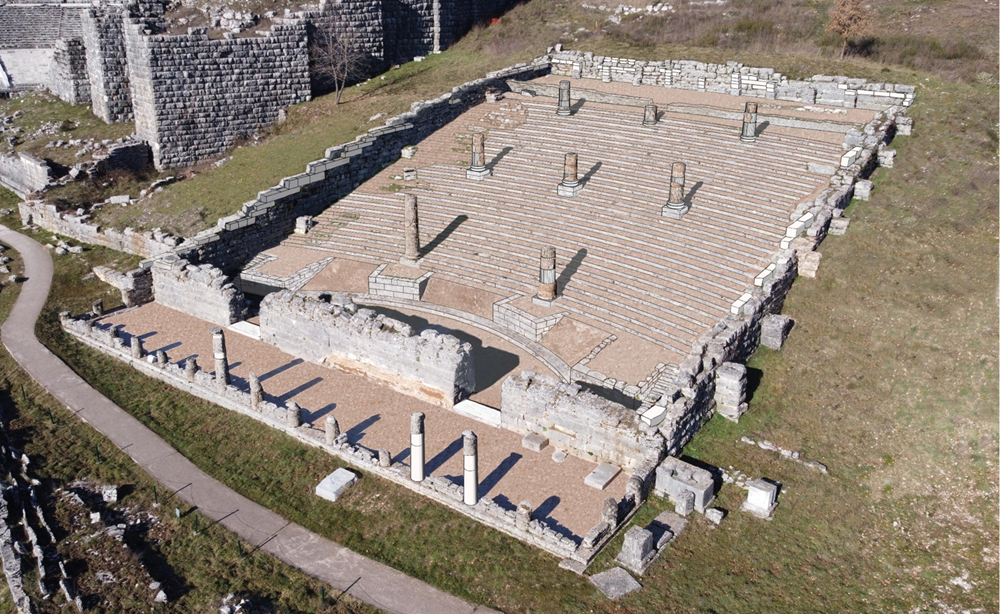
Restoration and promotion works of the Bouleuterion, at the sanctuary of Dodona, have been included by the Ministry of Culture in the extensive program of protection and promotion projects that it is implementing at the archaeological site of Dodona.
The Ephorate of Antiquities of Ioannina is carrying out the Bouleuterion restoration project, funded by the Hellenic Parliament, in addition to ongoing excavation research at the monument, which has been subsidized since 2022. Dodona was a cult center for Zeus and Dione from prehistoric times. The sanctuary was originally open-air, centered around the sacred oak tree, and later, an impressive complex of buildings was constructed to accommodate the sanctuary’s needs. The Bouleuterion of Dodona, a political building, was erected within the sacred enclosure near the imposing theater, where other public buildings for political activities were also located. The Greek Parliament is funding excavations at the Bouleuterion in the archaeological site of Dodona
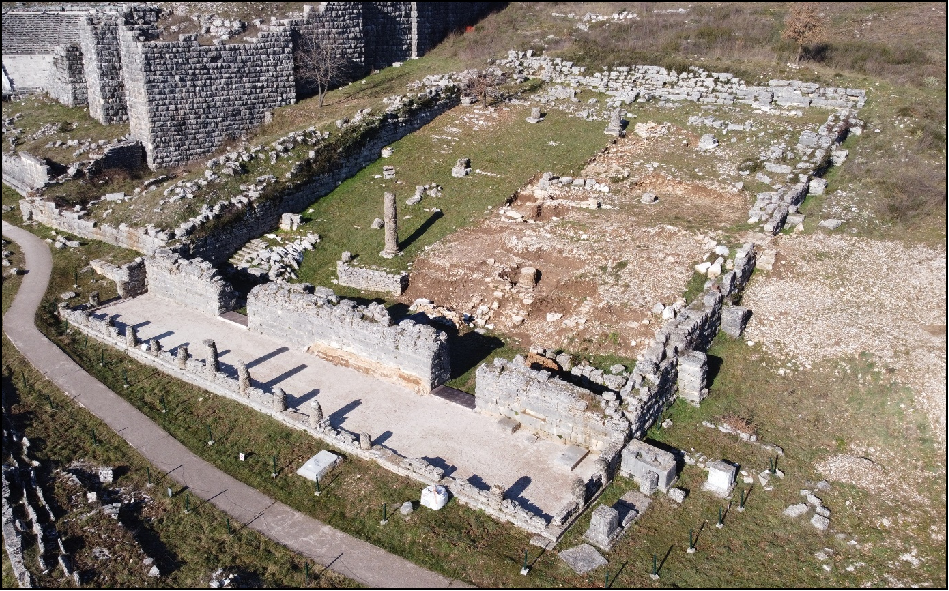
The Minister of Culture, Lina Mendoni, stated: “The Bouleuterion of Dodona, an imposing building from the early 3rd century BC, served as the seat of the political institutions of the Epirote League. It is located within the enclosure of the Sanctuary of Dodona, in close proximity to the ancient theater. The restoration proposal for the monument aims at protecting the preserved architectural remains, as well as restoring the building’s original form in a way that makes its historical development clearly understandable to visitors. The restoration of the Bouleuterion is part of the broader program for the protection and promotion of the archaeological site of Dodona. The overall program is underway and includes, among other things, the stabilization and restoration of the middle tier of the ancient theater, while the restoration of the lower tier, the conservation of the western colonnade of the sanctuary’s outer enclosure, as well as works to ensure accessibility for people with disabilities and the upgrade of visitor facilities and infrastructure networks have already been completed. The total budget for these interventions exceeds 9,000,000 euros, confirming the importance the Ministry of Culture places on the protection and promotion of one of the most significant archaeological sites in our country.”
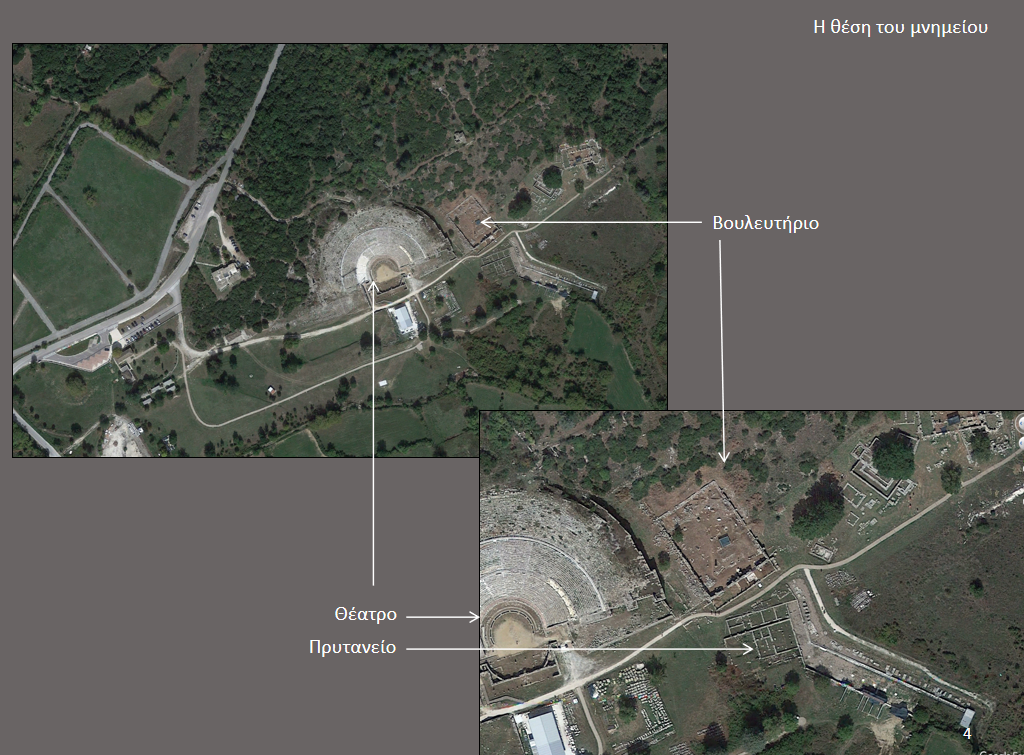
The protection and completion of the exterior walls, the restoration of the terraces and columns, the conservation of the tombs, and the creation of drainage systems for rainwater are planned.
The use of the Bouleuterion is connected with the Alliance and later with the League of the Epirotes. Today it occupies a central position in the organized and accessible archaeological site. The building was large in size with a unified roof, featuring three rows of columns, a Doric colonnade with 15 columns on the southern side, an interior tiered cavea, and entrances from two large openings with limestone thresholds.
The Bouleuterion has three main construction phases. The first dates to the early 3rd century BC during the reign of Pyrrhus, as part of a major building program that included the Bouleuterion, the Prytaneion, the Theater, and the Stadium. The second construction phase dates after the Aetolian destruction (219 BC), and the third follows the Roman intervention (167 BC), when the Bouleuterion was repaired and continued to function.
In the late Roman period, the area continued in use but for a different purpose. The four tombs that have been located belong to this phase. The final destruction of the building is dated to the great earthquake of 522–528 AD.
Remains of the Bouleuterion were partially visible in the early 19th century when foreign travelers began visiting the area. The first excavations started in 1875 by K. Karapanos. Systematic research was conducted from 1929, mainly between 1965 and 1973.

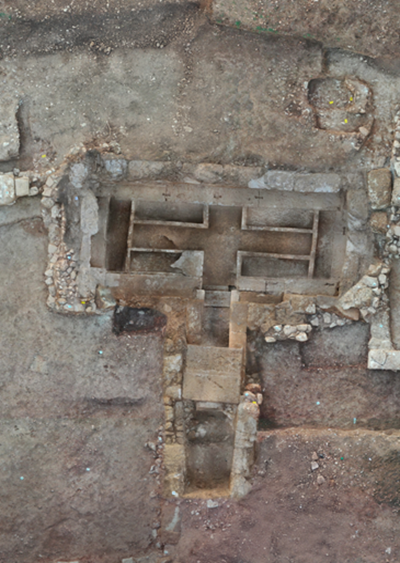
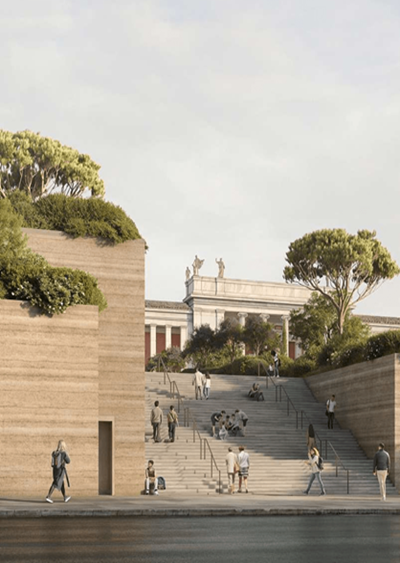
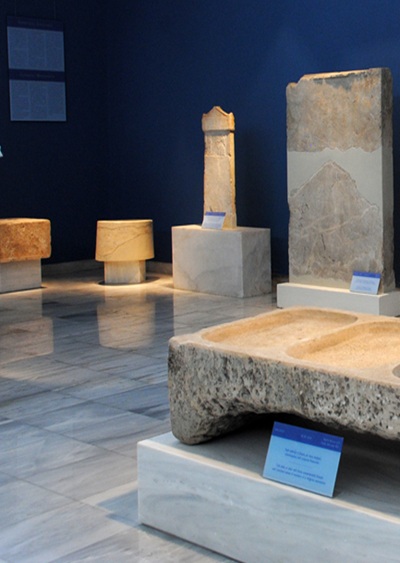
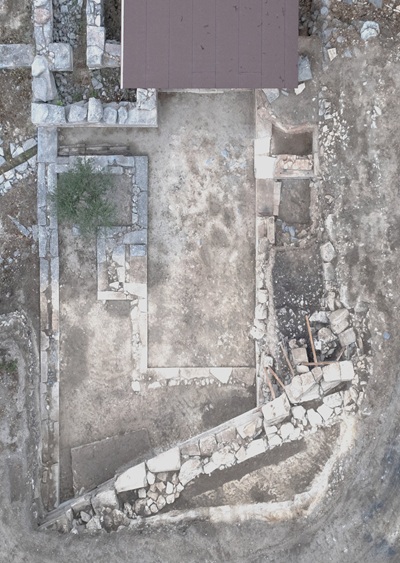


Leave A Comment